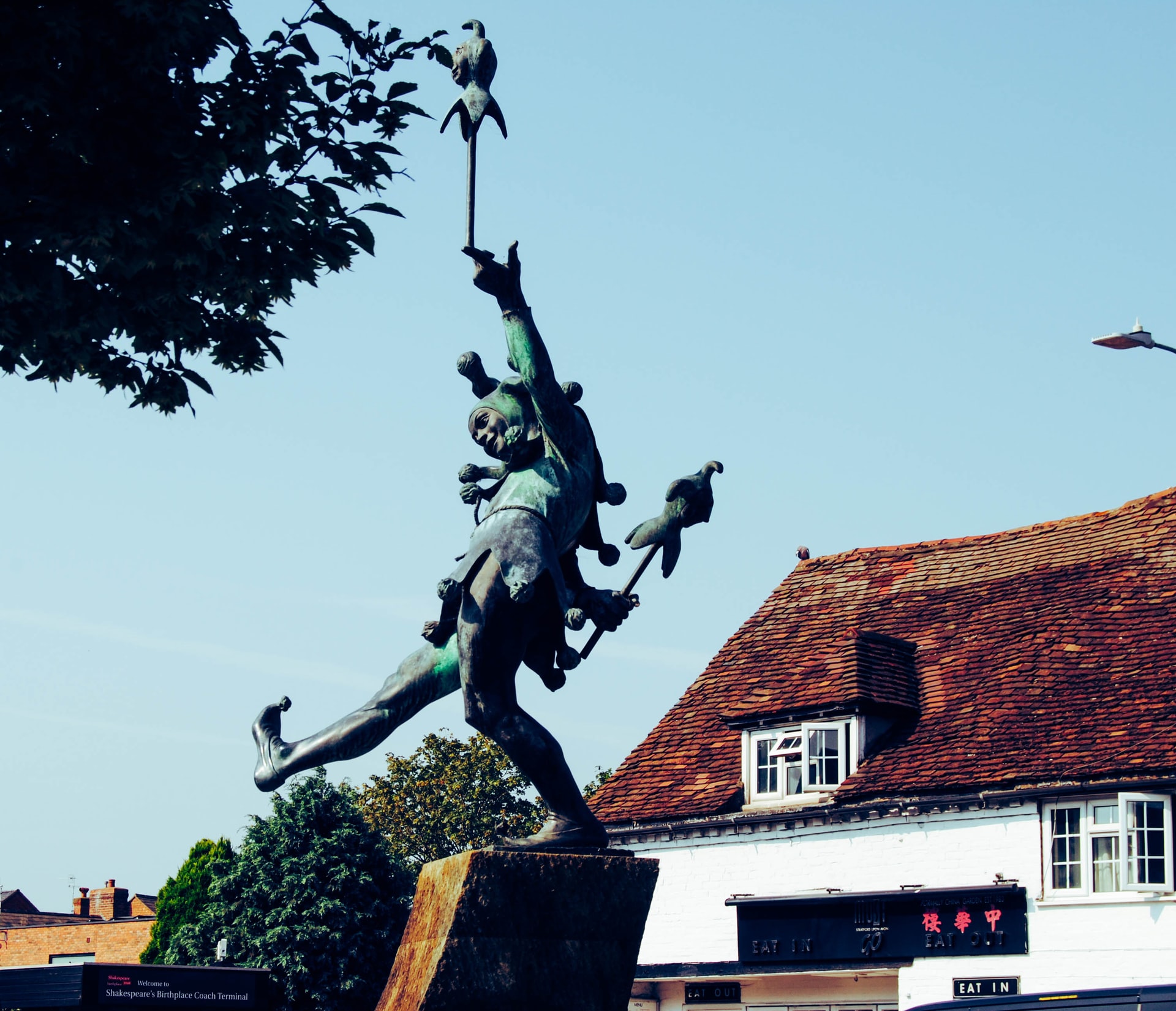Behind the tricksters

Photo by Rachel on Unsplash
Checking the news headlines on April 1 is always a gamble, every single year.
Many organizations will put out their jokes and japes to celebrate the annual holiday of pranks, trying to catch readers unaware for a light laugh.
With consistent headlines that turn heads these days, however, there’s less safety in trying to play a harmless practical joke: even the normal headlines can seem out of this world.
In lieu of playing a silly prank, let’s delve into the history and mythology of tricksters the world over.
The idea of a trickster — the willy and witty individual that manages to pull one over on the unsuspecting — is one that found throughout the echoes of humanity, regardless of culture or location.
These tricksters have not only inspired many popular cultural figures — Bugs Bunny, to name the most well-known — but the holiday of April Fools itself.
Br’er Rabbit
On the subject of hare-brained characters, one of the most enduring tricksters throughout mythology that passed across centuries and oceans is that of Br’er Rabbit.
The origins of Br’er can be traced through oral storytelling traditions to West, Southern and Central Africa, which eventually came to the United States by way of the enslaved peoples of the African Continent. In some traditions, however, the stories focus on a trickster spider named Anansi, but many of them follow similar plots despite the main character being different.
Br’er Rabbit and his adventures came to be emblematic of a near-universal storytelling concept found within oppressed peoples: a weaker, smaller character who manages to overcome much larger forces through wits and ingenuity.
The original animal trickster tradition in this case, however, is not as white-washed as one might remember more contemporary depictions, such as in Disney’s Song of the South. Br’er rabbit not only experiences failure sometimes, but also his amoral nature can turn him into an anti-hero or even a villain, being an example of both what to do and what not to do, depending on the situation he’s thrust within.
The stories of Br’er Rabbit were eventually popularized and published by Joel Chandler Harris in the late 1800s, with his book “Uncle Remus; His Songs and Sayings.”
More recent criticisms of Harris, however, cite the fact that he often took the heritage of African-Americans in the United States, made them more digestible for popular audiences and then reaped the wealth from his creations.
To this day, Harris’s depiction of Br’er Rabbit — and the subsequent Disney film — are still published and available for viewing, alongside prefaces that discuss the critical issues of race and cultural theft which have arisen since it’s original publication.
Coyote
While we can trace the origins of Br’er Rabbit to Africa, Coyote is an animal trickster with roots in many of the indigenous peoples of North America.
How Coyote is depicted changes greatly depending on the location of the peoples telling his story. Depending on the location, Coyote can an extremely sacred being with divine powers and in others, he’s a trickster that acts as a malevolent force of nature.
There are too many types of depiction to describe in a simple article and the discussion of the various meanings that the Coyote represents could fill books upon books; the qualities of the Coyote are as distinct and unique as the various peoples that originally populated North America.
Even beyond the innumerable ways Coyote is depicted, there are other animal tricksters that can play similar roles: for the plains Indigenous, there is Ikotme the Spider; In the Pacific Northwest, you could find the Raven, the Mink or the Blue Jay; and similar to the aforementioned tale, there is even the Rabbit that can be found in the American South proper.
Kitsune and Inari
The literal translation of the word Kitsune from Japanese means “Fox,” but foxes are commonly found within Japanese folklore acting as intelligent, trickster-like characters.
As they get older and wiser, with every century they live, Kitsune gain more powers, the ability to shapeshift and even gain additional tails. The most powerful are nine-tailed Kitsune, and although they act as tricksters in some tales, they are also close companions: acting as guardians and friends.
The “tales” of the Kitsune depict the trickster playing and preying upon braggarts and the greedy, whether they be samurai, merchant or the generally boastful, using illusion, visions or the possession of women. However, Kitsune are also depicted as loyal: attaching themselves to households, repaying favours and promises.
Within the Japanese religion of Shinto, Kitsune are also seen as representative of the Kami — or, spirit — named Inari. Kami spirits are found throughout Shinto, but they are not “spirits” as western peoples might understand them.
The spirits, or Kami, of Shinto are not ghosts and rather express things on a more fundamental landscape. They can be representative of the natural elements, such as wind or fire, or can express more conceptual ideals, such as ancestry.
Inari is the Kami representative of not only foxes, but rice and tea, farming and industry, and is one of the most important within the pantheon: according to a survey of Shinto shrines performed in the mid-80s, roughly 32,000 shrines are dedicated to Inari, about 33 per cent of shrines surveyed.
